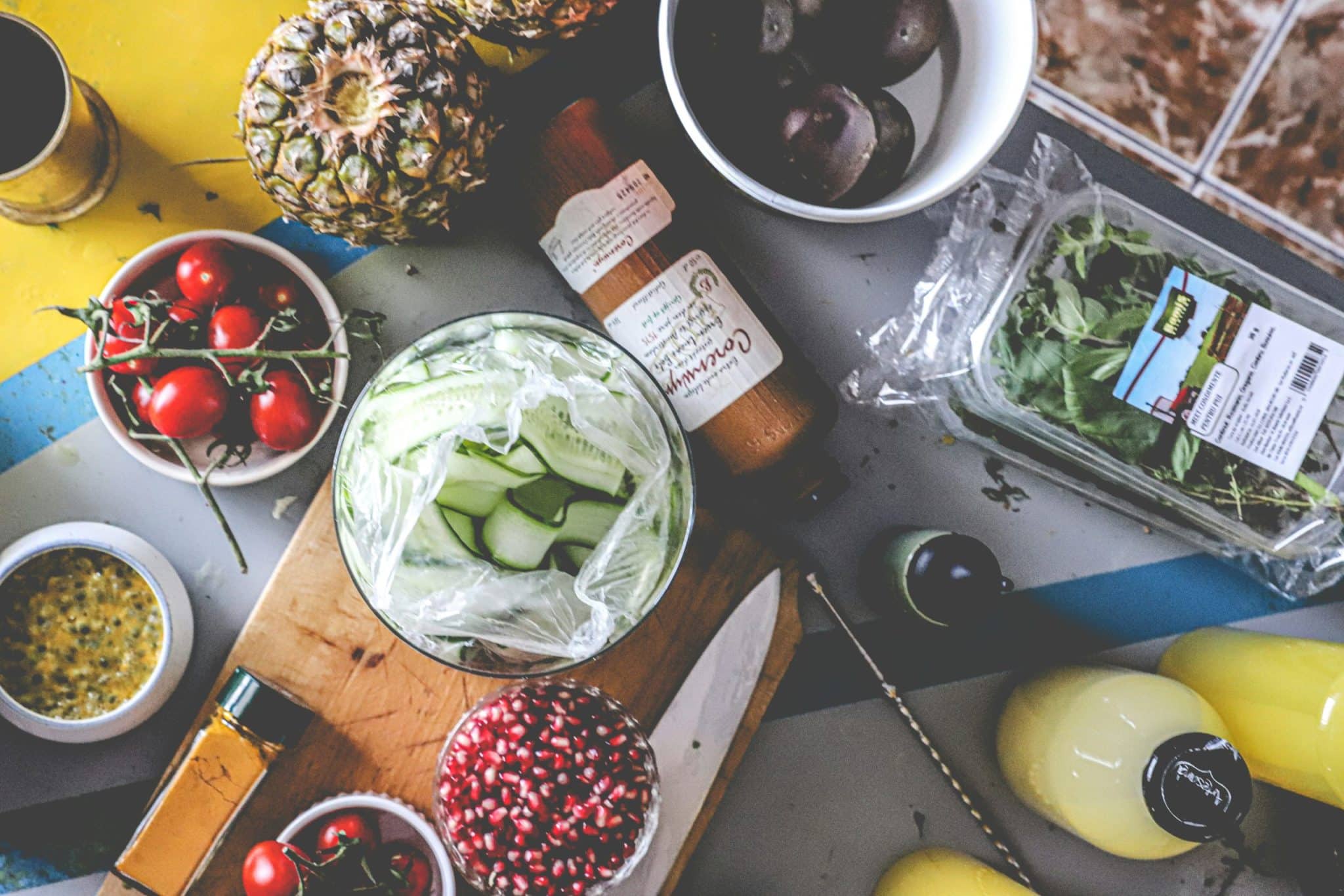Kitchen scales guiding you through recipes
Kitchen scales are one of the most useful and underrated tools in any home cook’s arsenal. These simple devices may seem unassuming, but they can make a huge difference in the quality and accuracy of your cooking. When it comes to following recipes, kitchen scales are an invaluable resource that can guide you through even the most complex dishes. In this article, we’ll explore how kitchen scales can help you perfect your recipes and create delicious meals every time.
The Importance of Accurate Measurements
One of the key reasons that kitchen scales are essential for any cook is that they provide precise and consistent measurements. Unlike measuring cups and spoons, which can be inconsistent or imprecise, kitchen scales use weight to determine the amount of each ingredient. This means that you can get the same results every time you make a recipe, ensuring that your dishes are always perfectly cooked.
Measuring in Different Units
Another great feature of kitchen scales is that they allow you to measure in a variety of units. Most scales have the ability to display measurements in grams, ounces, pounds, and kilograms, making it easy for you to follow recipes from all over the world. This is especially useful if you’re making a dish that uses metric measurements, as it can be tricky to convert these to imperial units on your own.
Weighing Ingredients for Better Baking
If you’re a fan of baking, you know how crucial accurate measurements are to the success of your creations. Baking is a science, and small variations in ingredient amounts can have a big impact on the texture and taste of your final product. With a kitchen scale, you can measure your ingredients in grams, ensuring that your baking is consistently delicious.
How to Use a Kitchen Scale
Using a kitchen scale is simple and straightforward, but there are a few tips and tricks that can help you get the most out of this tool.
Place Your Container on the Scale First
Before you begin measuring your ingredients, it’s crucial to place your container on the scale first. This allows you to tare or zero out the weight of the container, so you’re only measuring the weight of the ingredients you add. This is especially important for ingredients like flour, which can settle and become more compact over time.
Don’t Over-Pack Your Ingredients
When measuring ingredients, it’s essential to remember not to over-pack them. This can lead to inaccurate measurements and throw off the balance of your recipe. Instead, use a spoon or scoop to add your ingredients to the container, and then level them off with a knife or spatula.
Use the “Add and Weigh” Function for Multiple Ingredients
If your recipe calls for multiple ingredients to be added to the same bowl, you can use the “add and weigh” function on your scale. This feature allows you to weigh each ingredient independently without removing the bowl from the scale, making it easier to measure accurately and save time.
Choosing the Right Kitchen Scale
When it comes to purchasing a kitchen scale, there are a few factors to consider. First, you’ll want to decide if you prefer a traditional mechanical scale or a more modern digital scale. Mechanical scales use a spring to measure weight, while digital scales use an electronic strain gauge. Both types of scales are accurate, so it’s a matter of personal preference.
You’ll also want to consider the size and weight capacity of the scale. If you plan on using the scale for larger quantities, make sure to choose one that can handle the weight. Additionally, look for a scale with a tare function, as this will allow you to measure multiple ingredients in one container.
In Conclusion
Kitchen scales are an indispensable tool for any home cook and can greatly improve the accuracy and consistency of your dishes. With so many benefits and features, it’s no wonder that top chefs around the world swear by their trusty kitchen scales. So the next time you’re in the kitchen, remember to bring out your kitchen scale and let it guide you through the perfect recipe.










